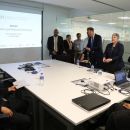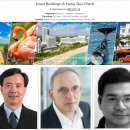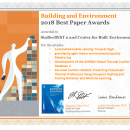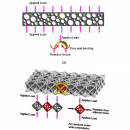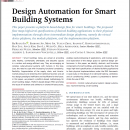The University of California President Janet Napolitano visited BEARS on Tuesday 18th February 2019. Her visit to BEARS was part of a series of government and university meetings across Asia to expand University of California’s research and education partnerships.
News and Press
Press
News
On December 16 2018, at the 57th IEEE Conference on Decision and Control in Miami Beach, Florida, USA, Professors Rong Su, Costas Spanos, and Xie Lihua spoke at the workshop on Smart Buildings: A Status Quo Check. Co-organised by Prof Rong Su, the workshop was held to report and showcase several recent technical progresses related to smart buildings at both individual and program levels, and some visionary discussions on the roles of IoT and formal design methods.
Research collaboration between SinBerBEST 2 and UC Berkeley’s Center for the Built Environment (CBE) resulted in three Building and Environment Best Paper Awards in 2018.
The Building and Environment Journal is a global publication that shares novel building science and human interaction with the building environment study findings. It established these awards in 2007 to recognize authors for their papers’ originality, industry contributions, presentation quality, and science validity. Building and Environment selects three Best Paper Awards every year.
Six SinBerBEST and non-SinBerBEST researchers from UC Berkeley recently authored an article discussing innovative uses of Octet-Truss Engineered Concrete (OTEC.) It is a lightweight structure created in the empty spaces of the ultra-high performance, fiber-reinforced concrete with very-high compressive capability. OTEC leverages porous concrete’s thermal-insulating properties while sustaining strength and rigidity. Please click here to access the article.
14 researchers from SinBerBEST, UC Berkeley, Nanyang Technological University, Tsinghua-Berkeley Shenzhen Institute, Florida State University, and University of Southern California recently published a paper on a platform-specific design process for smart buildings. In this case, a platform is a library, or a collection of components and their associated configurations that can be leveraged to create a design.

